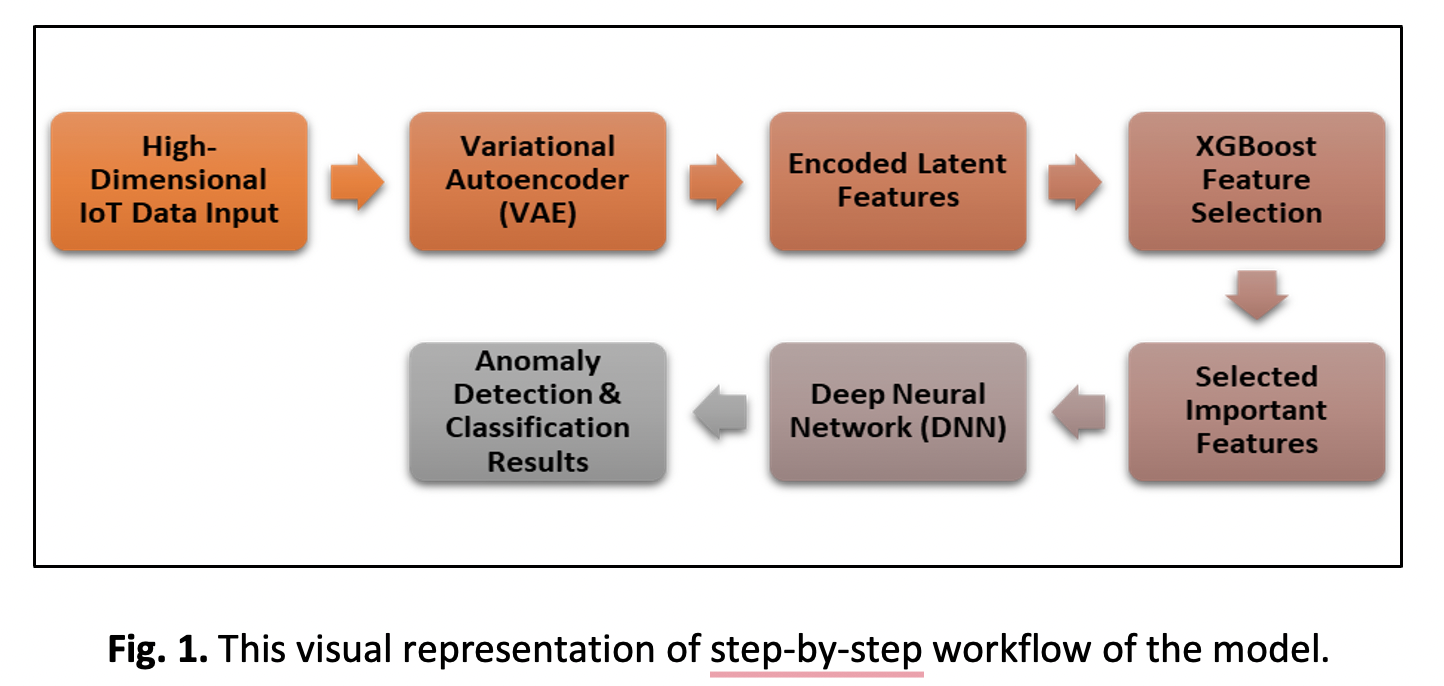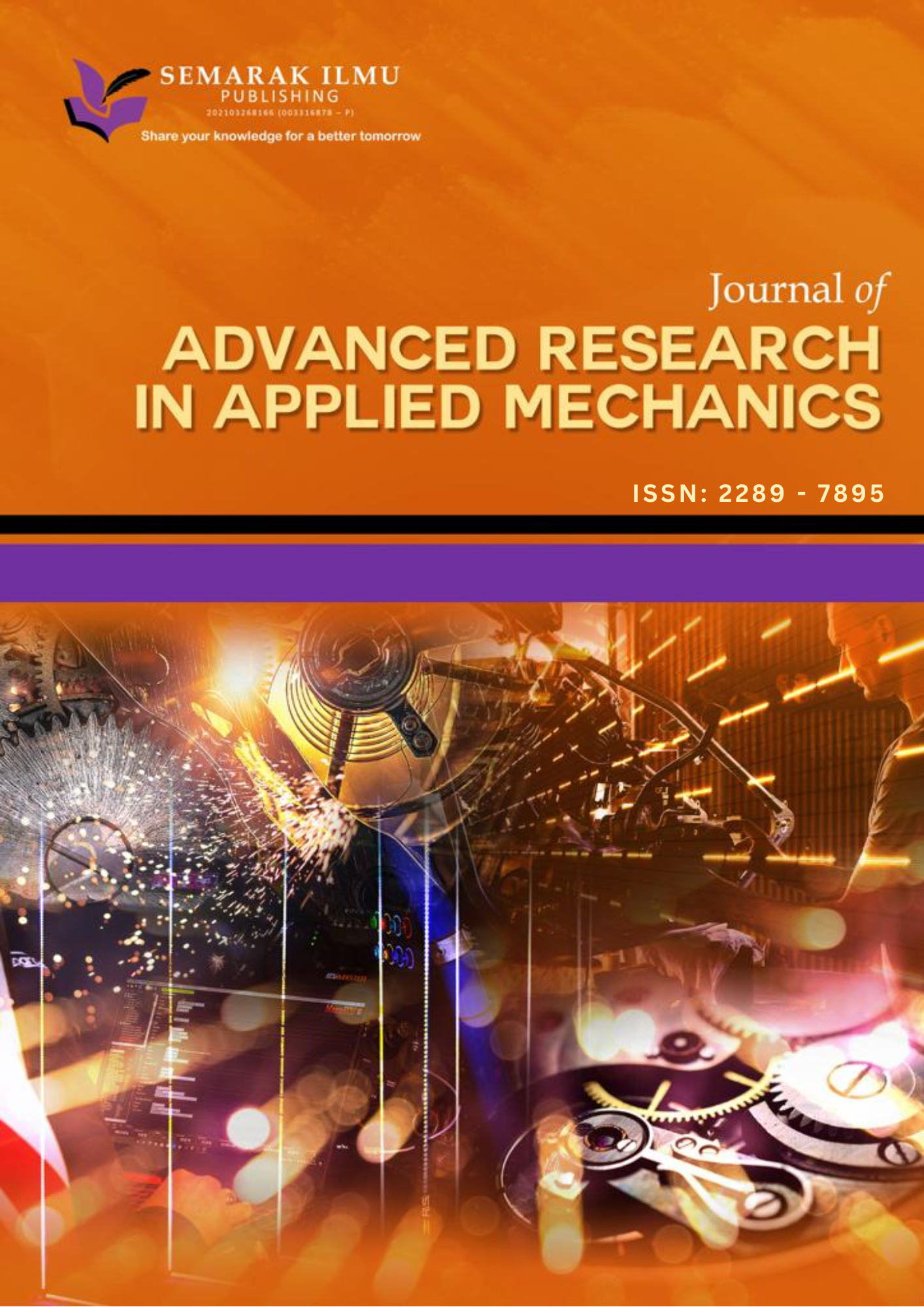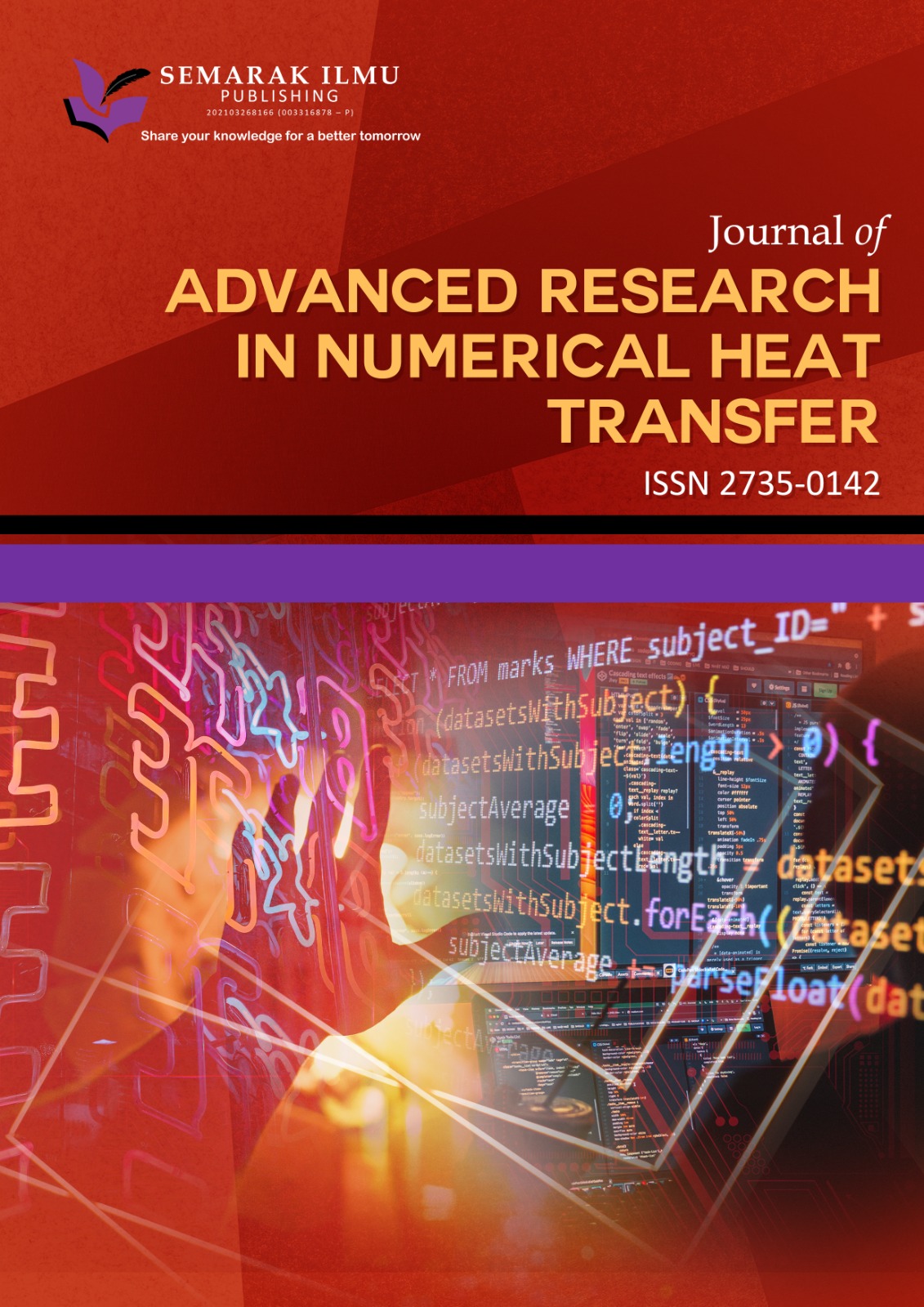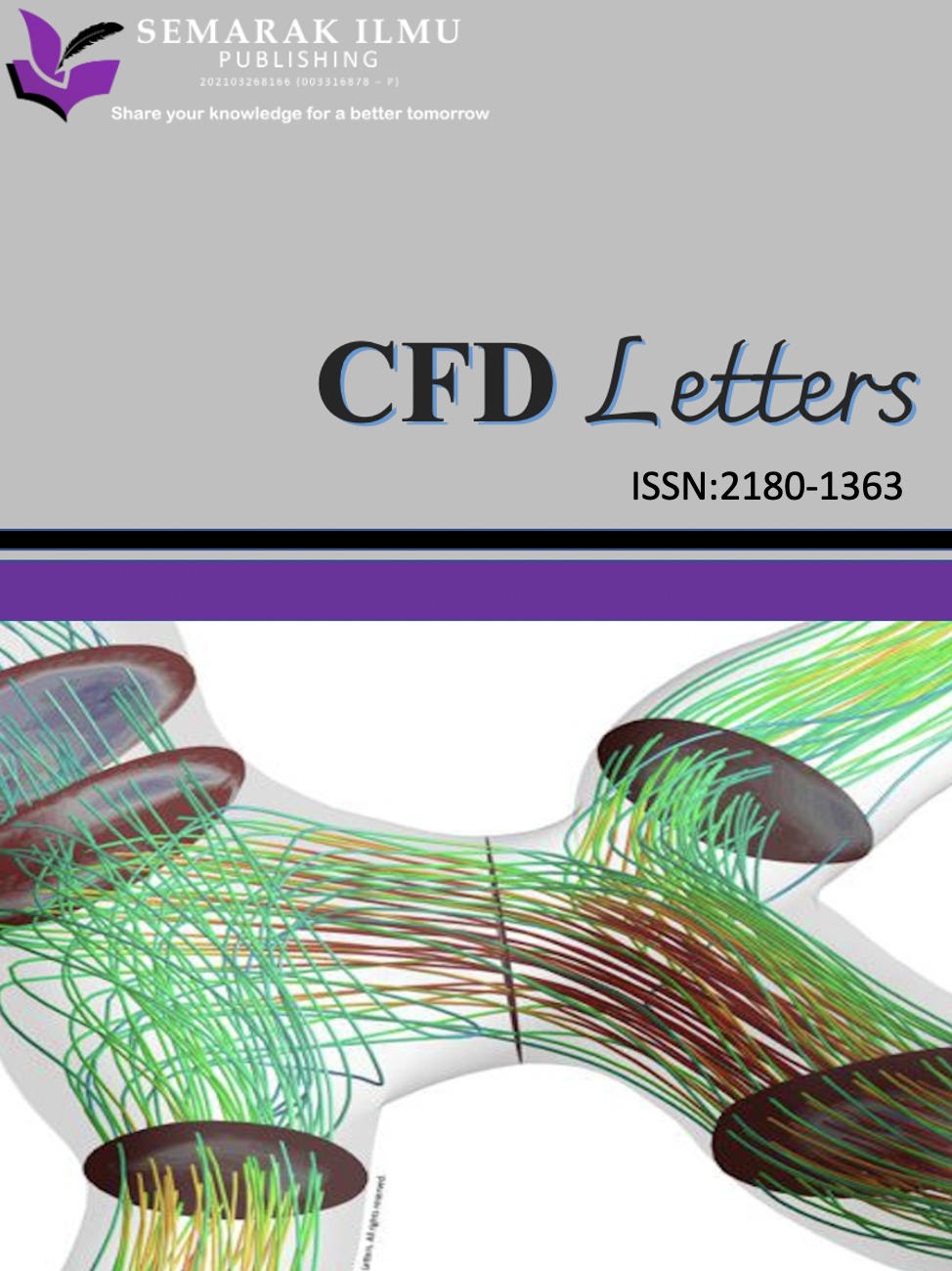Adaptive Hybrid Deep Learning Model for Real-Time Anomaly Detection in IoT Networks
DOI:
https://doi.org/10.37934/ard.137.1.278289Keywords:
IoT Networks, Anomaly detection, Deep learning, VAE, RNNAbstract
The exponential growth of the internet of things (IoT) networks has posed great challenges in maintaining security because of the diverse and dynamic nature of connected devices. These complex environments often defeat traditional anomaly detection methods. In this paper, we present an adaptive hybrid deep learning framework incorporating Variational Autoencoders (VAEs) and Deep Neural Networks (DNNs) enhanced by XGBoost for feature selection for real-time anomaly detection and classification in IoT networks. The VAE component efficiently reduces high dimensional input data into a lower-dimensional latent space that maintains essential network traffic features while managing information loss for storage optimization and improved accuracy in detecting anomalies. Afterward, XGBoost is utilized to choose top 10 significant features with respect to feature selection. The DNN portion uses these latent features to detect as well as classify anomalies; it is therefore trained on how to identify complex patterns within the selected latent features so as to effectively tell apart malicious activities from normal network behaviors. Test Accuracy of 92.8% was achieved by the proposed VAE-DNN model, which displays its efficiency in IoT real-time anomaly detection. Mode also helps improve model accuracy when coupled with XGBoost based feature selection techniquesDownloads























